Enigmatic Peter Sagan ready for anything in pursuit of Milan-San Remo success
'The secret to winning Milan-San Remo? I don't know, because I've never won it'
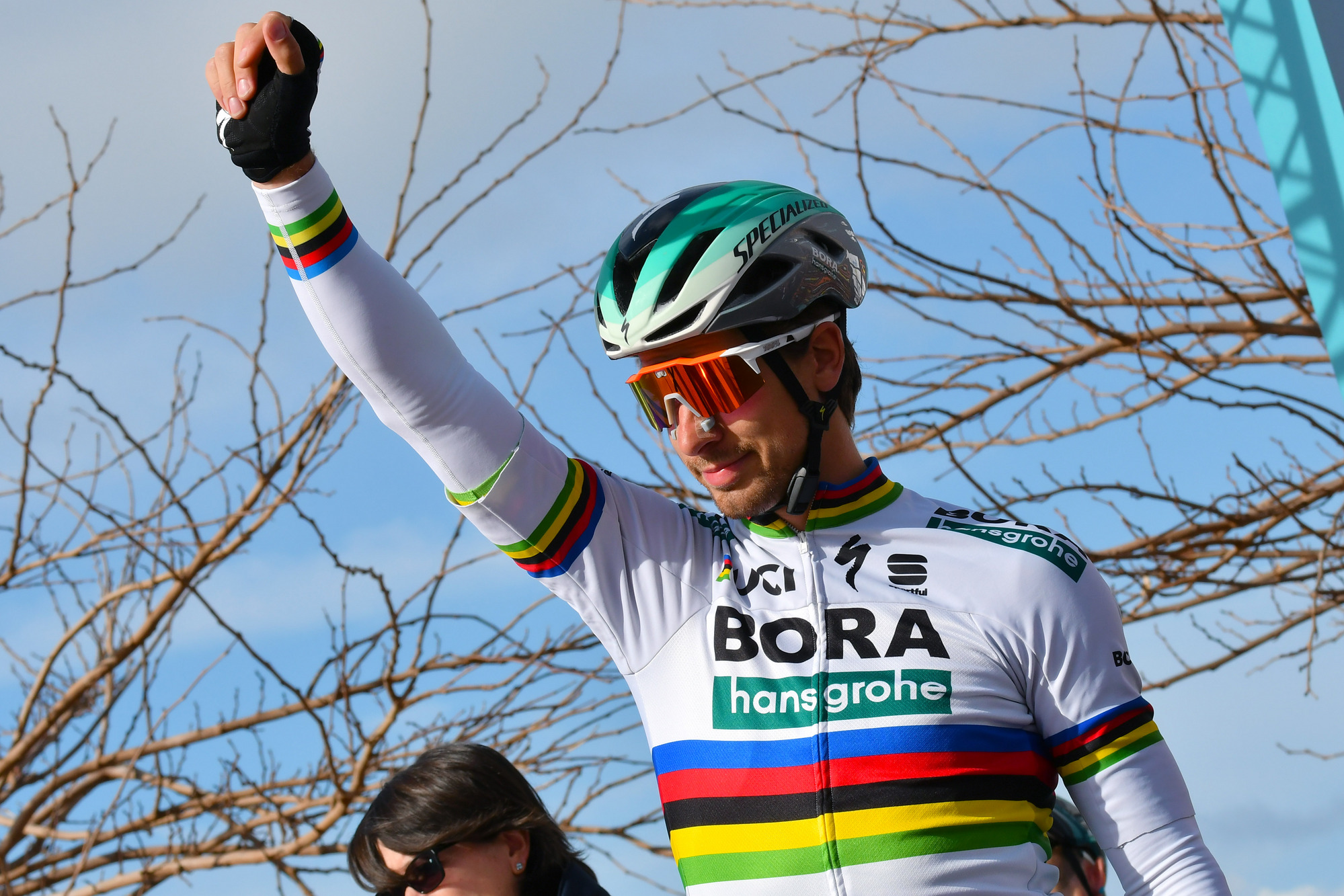
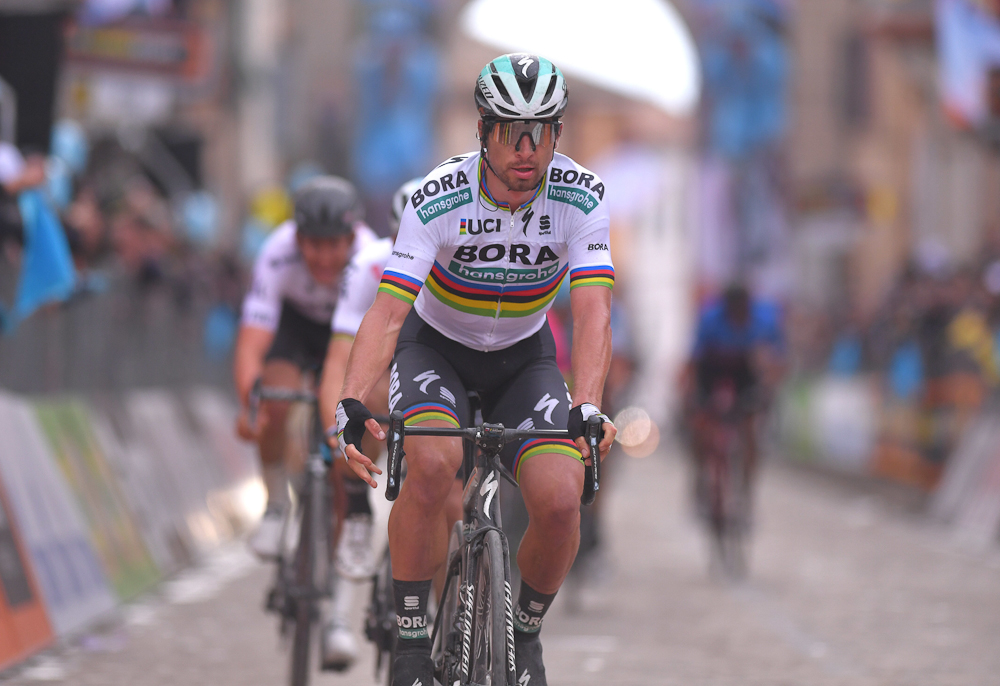
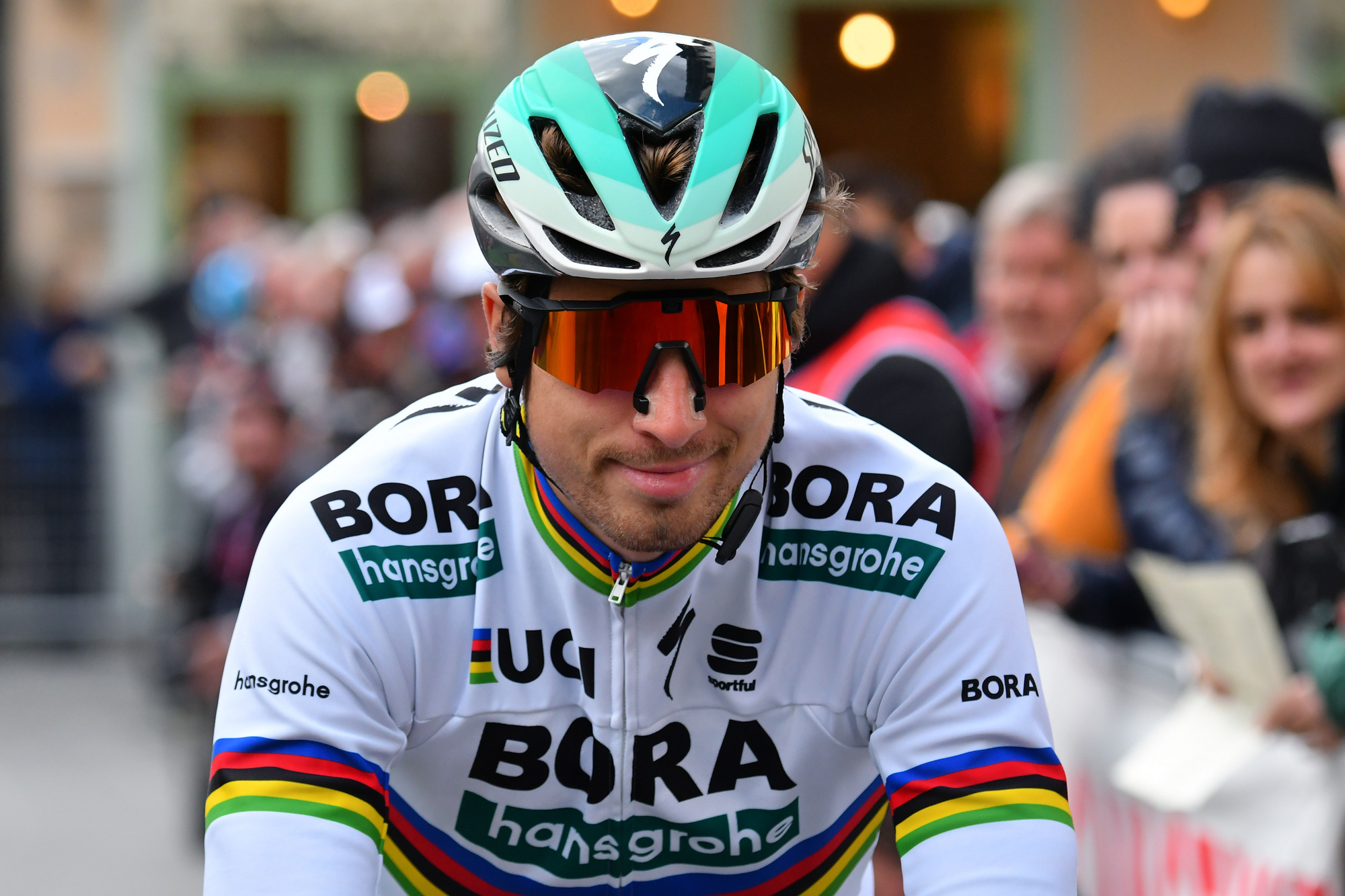
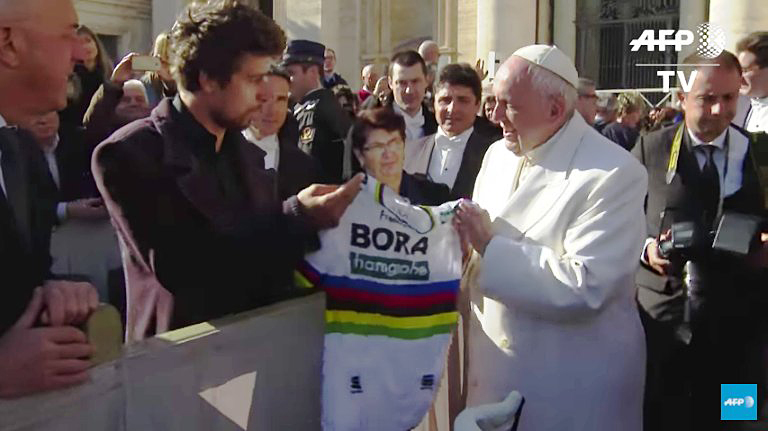
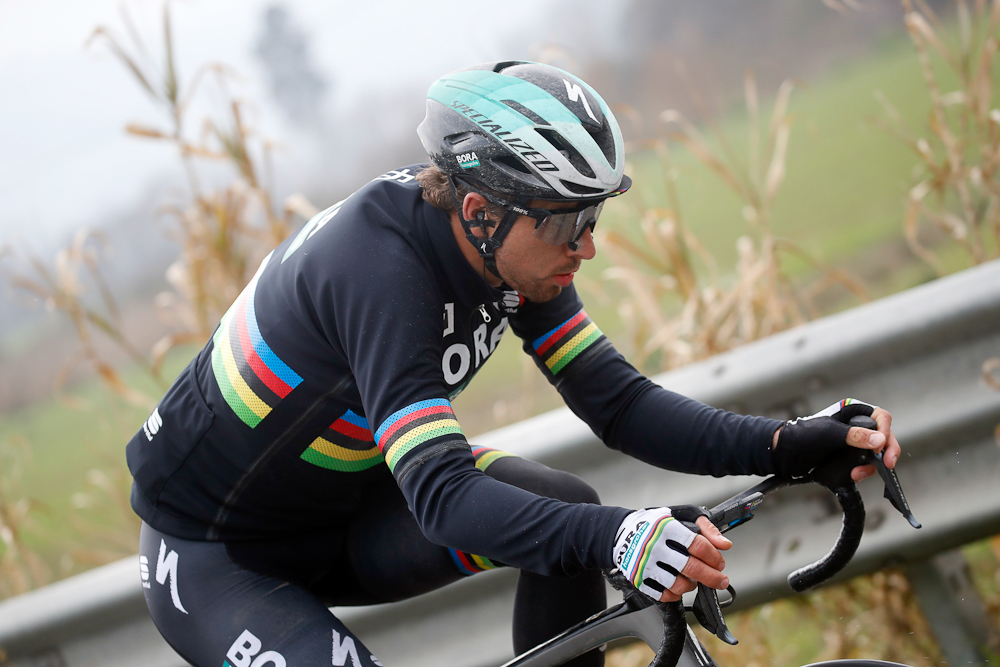
In his third year as world champion and after becoming a father, Peter Sagan understandably seems happy with life. He is known for his spontaneity and his sincerity, yet there is one thing that turns his usual smile to a quiet scowl: he hates talking about a race before the big day, especially a monument like Milan-San Remo, which he has yet to win after seven attempts and which he lost in dramatic fashion in 2017.
Sagan keeps his hectic life on the road simple by living in the moment, letting his carefully chosen entourage worry about the details, the deals and the problems. He prefers to race carefree and on instinct, focusing on what he can control out on the road: his own racing and his own emotions.
This year, more than ever before, every rider, every directeur sportif, every former winner and every social media pundit has named Sagan as the favourite to win Milan-San Remo.
Does Sagan agree? He doesn't really seem to care.
"The secret to winning Milan-San Remo? I don't know, because I've never won it…" Sagan said earlier this week, letting out his nasal laugh, happy to denigrate himself, such is his carefree attitude to any kind of judgment.
"Every year I'm asked the same question but I don't know how to answer now. Maybe I'm going to be more smart in the Poggio, but in that moment, when I'm there, not now."
Last year, Sagan's desire to win Milan-San Remo led him to make mistakes as Michal Kwiatkowski (Team Sky) played his hand cleverly after he and Julian Alaphilippe (Quick-Step Floors) bridged across to the world champion's attack near the summit of the Poggio.
Get The Leadout Newsletter
The latest race content, interviews, features, reviews and expert buying guides, direct to your inbox!
Kwiatkowski and Sagan have raced against each other since they were teenagers, with Sagan's finish often giving him victory. Last year, Kwiatkowski played poker better than ever, using the excuse that Team Sky had Elia Viviani in the peloton just behind to sit in Sagan's slipstream and play mind games with his big rival.
Sagan was obliged to drive the trio to the finish if he wanted any chance of success and then generously and over-confidently led out the sprint on Via Roma. All three riders threw their bikes at the famous finish line but Kwiatkowski won Milan-San Remo, beating Sagan and Alaphilippe.
Sagan admitted that he has avoided watching the video of the finale of the race. But his anger about defeat is still obvious and only increases his dislike of talking about it. He tries to dissipate his disappointment by taking aim at Kwiatkowski.
"I was happy with what I did, but I did make some mistakes, and in the end, I paid," Sagan said, making his dig at Kwiatkowski, which sparked a war of words at the end of Tirreno-Adriatico.
"If you analyse how Kwiato won last year, then... If I win like that, I wouldn't be happy with my performance," Sagan added.
"Everyone is different, we have difference personalities, that's life. That's why life is beautiful, everybody is different. I prefer to make some show for people and how it's going, it's going, it doesn't matter if you win or lose. It's more important to enjoy, to be healthy and to have fun.”
Sagan understands the significance of the first monument of the season but dismisses any expectation when asked why he likes it.
"It's a very nice race because I finish close to home and it's not long to travel home (to Monaco)," he joked.
Always a contender
Sagan revealed that he'd never seen Milan-San Remo on television before his 2011 debut and simply struggled to comprehend riding 300km in one race. He was still a 21 year-old rough diamond, riding for Liquigas on his debut. He had already won two stages at Paris-Nice and the Tour of California in 2010 but his true potential was yet to reveal itself. That occurred in 2012 when he finished fourth at Milan-San Remo, winning the bunch sprint two seconds behind Simon Gerrans. He was then second in 2013, beaten in the sprint by Gerald Ciolek after the snow and cold disrupted the race.
Sagan struggled to compete with the pure sprinters in 2014, 2015 and 2016 but took destiny in his own hands by attacking on the Poggio in 2017. He is expected to try to force a similar selection in a bid to distance the sprinters this year.
Just don't ask him to confirm it or reveal how he will race against the likes of Kwiatkowski, Philippe Gilbert, the Quick-Step Floors team as a whole, and even Marcel Kittel, until you see him stomp on the pedals and dart away from his rivals.
"For sure, they [Quick-Step Floors] are going to plan something different, but how it's going to influence the race, I don't know," he said, rebutting questions yet again.
"You will see the final in the last 5km, not before. Maybe there could be some bad luck, some crashes, some punctures, but in the end, if you are in the final you are going to see what to do with the riders with which you are."
Sagan knows that his rivals will be fighting to be on his wheel on the Poggio. But that won't stop him doing his own thing, based on instinct.
"You have to manage what you want to do. If you have the legs, you have to decide the tactics and what you are able to do in the race. Because if you have no legs, then for sure, I'm not going into the breakaway [on the attack]," he said.
Despite failing to compete with the pure sprinters in the past, Sagan insists he not afraid of a high-speed group sprint up the Via Roma if his eventual attack is brought back.
"Oh, well. It depends because it's not a normal sprint after 300 km, it's different than one after 150km," he argued.
Sagan learnt that lesson 12 months ago. He is unlikely to make the same mistake again. He's not telling, of course, but expect him to attack on the Poggio yet again.
Click here to subscribe to the Cyclingnews podcast.

Stephen is one of the most experienced member of the Cyclingnews team, having reported on professional cycling since 1994. He has been Head of News at Cyclingnews since 2022, before which he held the position of European editor since 2012 and previously worked for Reuters, Shift Active Media, and CyclingWeekly, among other publications.